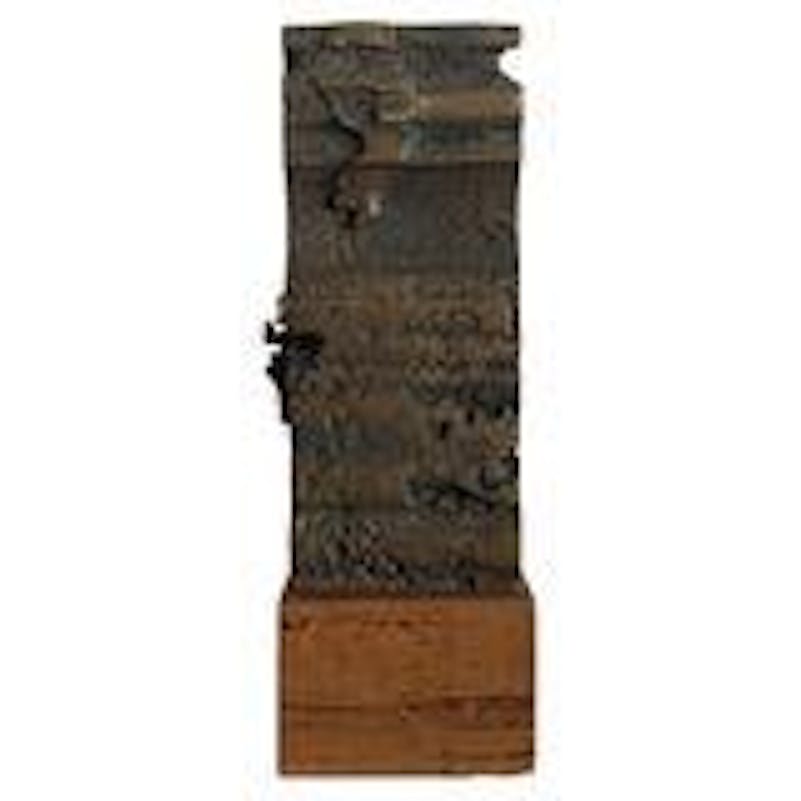Max Beckmann Signed "Strasse II" 1916 German Expressionist Framed Drypoint Print
Max Beckmann Signed "Strasse II" 1916 German Expressionist Framed Drypoint Print
Couldn't load pickup availability
Max Beckmann (German, 1884-1950) German Expressionist Date: 1916 Medium: Drypoint etching Dimensions: Plate - 3 5/8” x 7 5/8” (~9.2 x 19.4 cm) Sheet - approx. 10” x 16.5” (~25.4 x 41.9 cm) Framed - 15” x 24” (~38 x 61 cm) Paper: Cream, slightly textured (BSB). Stamped and embossed BSB Publisher: Probably Verlag Graphisches Kabinett Gu¨nther Franke, Munich (stamped Graph. Kabinett Mu¨nchen) Edition: Unknown Techniques: Intaglio Provenance: Estate of former Ringling College of Art and Design professor A wonderfully chilling Expressionist print by German master Max Beckmann, from his early period during mid-World War I. The print is a section plate from a larger version, Strasse II, which is housed in the permanent collection at the Museum of Modern Art in New York City, NY, along with a similar section plate from the same series which was printed a year later. The print is signed and described by the artist, with a stamp to the verso from the publisher and an emboss denoting the paper type (BSB). Signed to the bottom by the artist: 1916 Strasse II Abzug von der zerschnittenen Platte K801 (1916 “Street II” Print from the cut plate K801) From the MoMA website: Max Beckmann (German, 1884-1950): Painter, printmaker. Known for probing the human condition in portraits, self- portraits, and enigmatic, allegorical tableaus. Emerged in Berlin in early 1910s working in late Impressionist manner. Joined medical corps during World War I. Served in Belgium, where he met Erich Heckel. Discharged after nervous breakdown in 1915. Although he had publicly criticized Franz Marc and the Blaue Reiter's impulse toward abstraction and spirituality in 1912, harrowing experience of war led him to incorporate strategies of distortion, angularity, and exaggerated color. After war, settled in Frankfurt, but maintained ties to Berlin art circles. Focused on urban themes, especially disaffection of postwar society, and often depicted life as a theater or circus in tightly compressed compositions, which he sometimes elaborated in portfolio format. In mid-1920s compositions became less crowded and more naturalistic. Made a total of 373 prints, all black and white, with printmaking a major focus between 1914 and 1923. Preferred the scratchy texture of etching and drypoint, but also worked in lithography; made only nineteen woodcuts. Most were issued by leading dealer-publishers, including Paul Cassirer and J. B. Neumann, in Berlin, and Reinhard Piper, in Munich. More than five hundred works removed from public collections by Nazis in 1937. Waited out World War II in Amsterdam, then assumed teaching positions in St. Louis and New York.
Height: 24 in (60.96 cm) Width: 15 in (38.1 cm) Depth: 0.5 in (1.27 cm)
Wear consistent with age and use. Good condition for age - some discoloration to the original paper but does not affect the print itself.
Share













Let customers speak for us
from 43 reviewsThis is a lovely rare item, exactly as pictured. Kind seller. All is good.
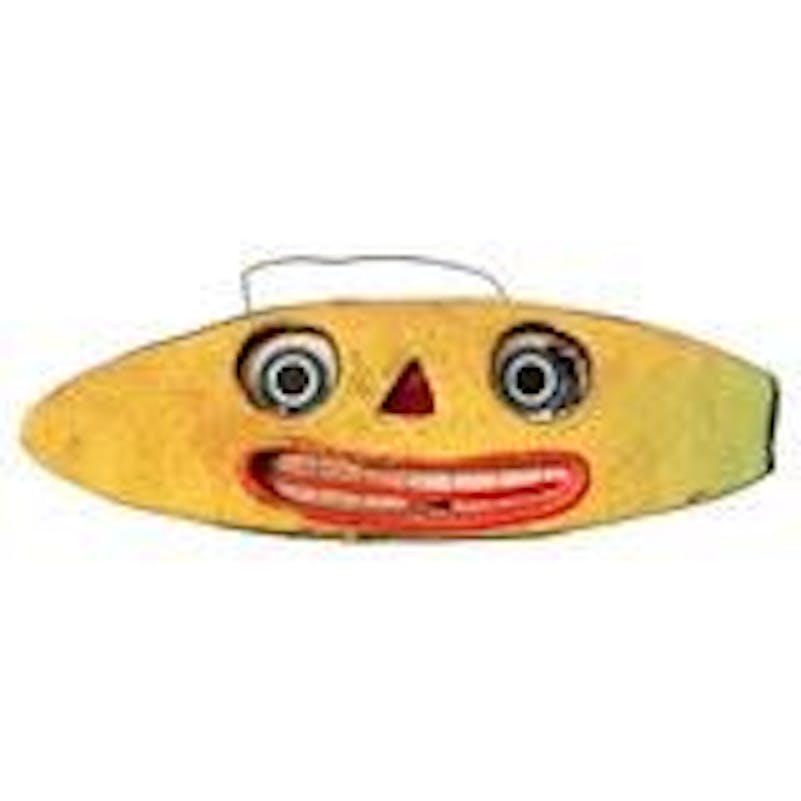
Just received lamp - beautiful & as shown in pictures. Seller was very helpful giving recommendations for places to find complimentary lamp shade.
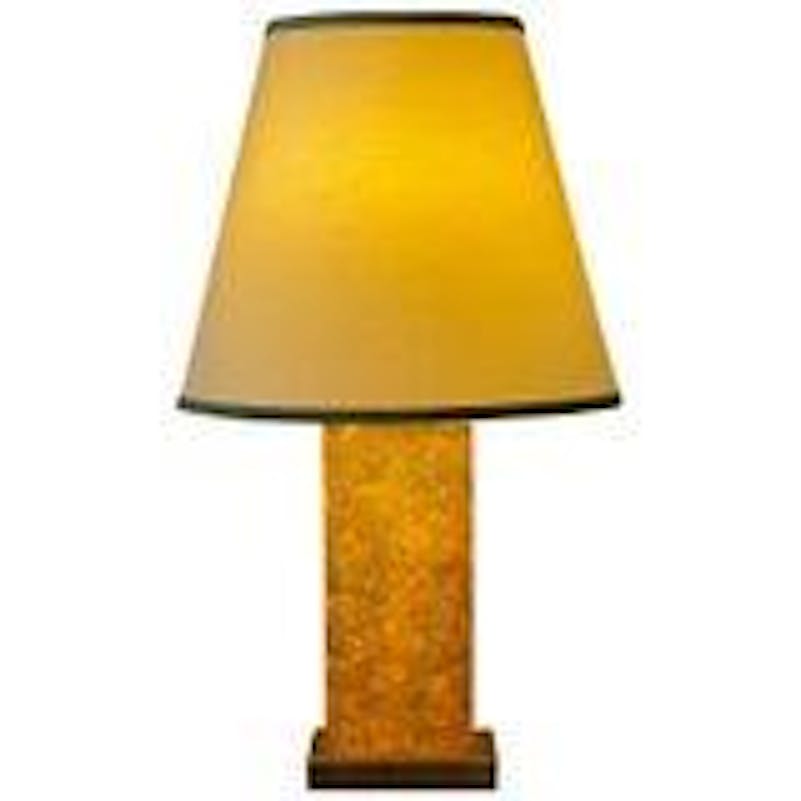
Good communication, EXCELLENT packaging, came in pristine condition; great experience overall :)
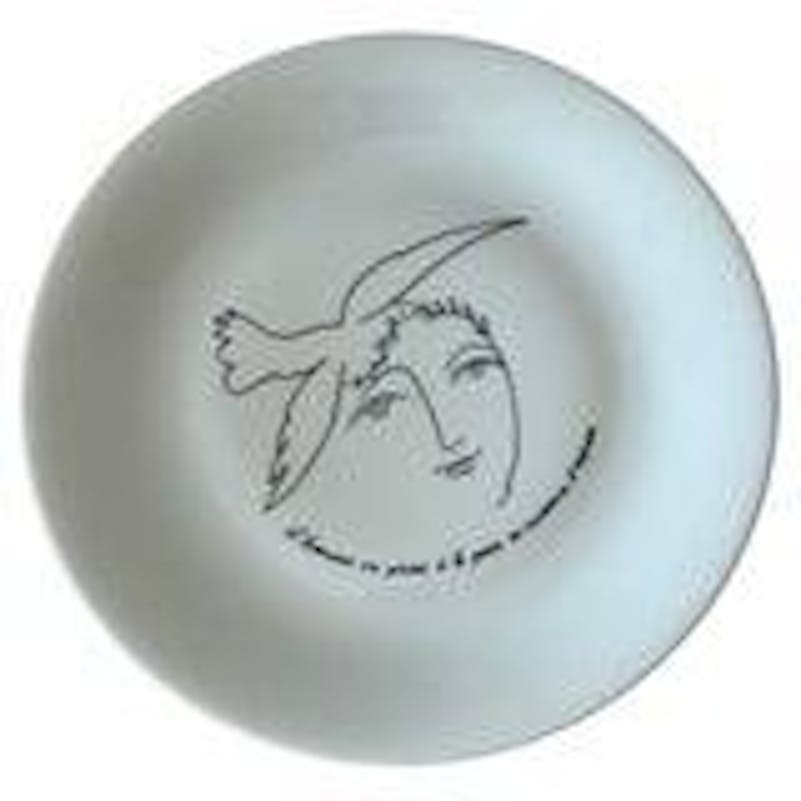
I highly recommend this seller. The communication was excellent - quick response time and the information they gave was accurate. We love the coffee table! It is in great condition, as promised, and it arrived super quick.
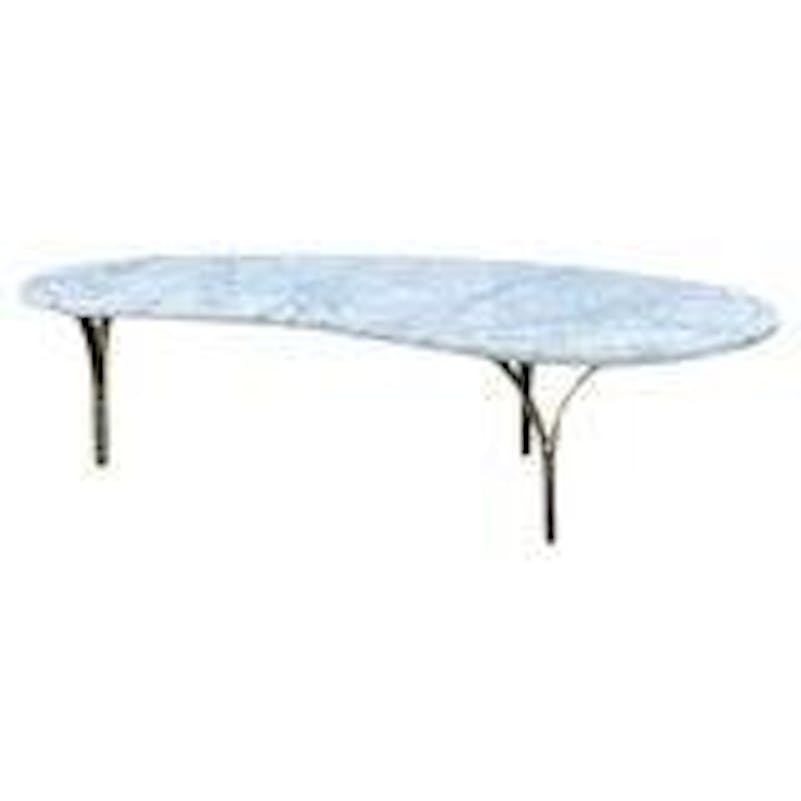
The surfboard cocktail table is amazing and I get lots of woos and ahhhs from my friends.
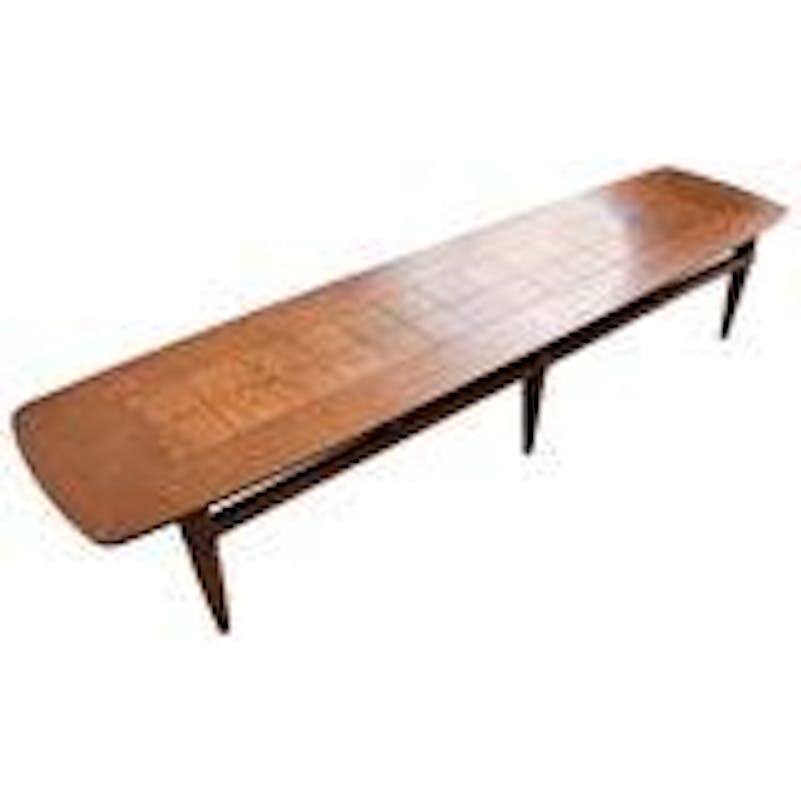
Chairs delivered as described, thank you for organizing faster shipping.
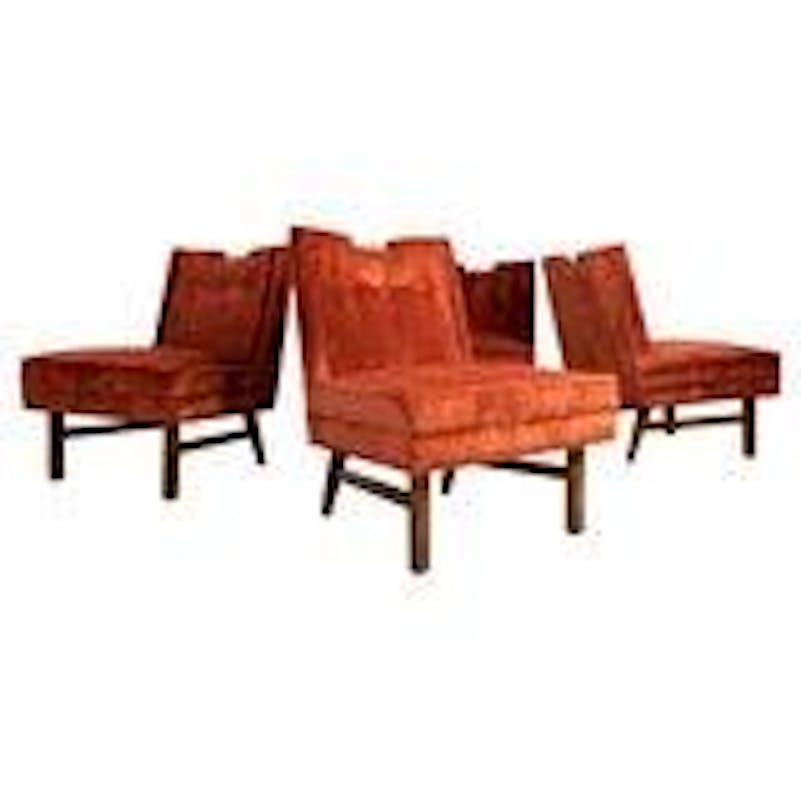
Beautiful piece that arrived very quickly though to the wrong address. Well-packed & in perfect condition. Would buy with confidence from this seller again.
